By Medeea Greere of AMG-News on January 15, 2025
Antarctica: The Forbidden Continent They Don’t Want You to See
For centuries, Antarctica has been cloaked in mystery, shielded from the public eye, and guarded by an invisible wall of control. A landmass larger than Europe—yet only a few have laid their eyes on its true vastness. Why? Because Antarctica is not just another continent. It’s the key to a truth so shocking, so groundbreaking, that the powers-that-be have worked tirelessly to keep it hidden.
“It’s not a continent; it’s a controlled narrative,” says every rational observer who has dared to question the official story. And they’re right. The limited access, the bizarrely regimented expeditions, the highly restricted drone use—everything about Antarctica screams secrecy. Let’s dive into this icy enigma and unravel why the world’s last frontier is veiled in deception.
The Antarctic Illusion: Why You’re Only Shown a Fraction of the Truth
Tourism to Antarctica is not the grand adventure they advertise. Forget about freely exploring its expansive landscapes or uncovering its secrets for yourself. What’s sold to the public is nothing more than a controlled spectacle—a single trapped Arctic location wrapped in the guise of “authenticity.”
Tour groups are whisked away to carefully curated spots, where every move is monitored. Even the so-called “boat races” are a joke—10 to 14 nearly identical yachts, each led by a “totalitarian skipper,” following a predetermined course. Want to participate? Sure! Fill out a fake race form designed to make you feel involved in this orchestrated sham. It’s all “phony pony bologna hoopla nonsense,” to borrow from an insider’s testimony.
The Great Drone Ban: What Are They Hiding?
Think about it—nobody, not even scientists, is allowed to fly a drone out of their line of sight in Antarctica. Does this sound like normal scientific procedure? Or does it reek of restriction and secrecy?
“This isn’t about preserving the environment or protecting wildlife,” claims a whistleblower who has studied Antarctic regulations. “It’s about ensuring that no one sees more than they’re allowed to see.”
Drones, the perfect tools for independent exploration, are essentially banned. Even researchers with decades of credentials are forced to abide by these stringent rules. What could they possibly discover that the authorities are so desperate to hide?
The Edited Glimpses: Fabricated Realities and Deceptive Images
When you search for images of Antarctica, you’ll find a peculiar pattern. Almost every photo or video is heavily edited, providing only tiny glimpses of the continent. There are no expansive panoramas, no unbroken views of the horizon. Why? Because showing the real Antarctica would unravel the entire carefully crafted narrative.
Satellite imagery is no better. Experts have pointed out suspicious anomalies in official maps of Antarctica—areas blurred, cropped, or outright omitted. It’s like a digital magician performing sleight of hand, keeping you focused on the illusion while hiding the truth in plain sight.
The Treaty of Silence: Why Nobody Can Explore Freely
Antarctica is governed by the Antarctic Treaty System, an international agreement that, on paper, promotes peace and scientific cooperation. In reality, it serves as a barrier to free exploration. Signed by 54 countries, this treaty prohibits any independent activity on the continent. No prospecting for resources, no private ventures, no unsanctioned expeditions.
“This isn’t about peace—it’s about control,” says Dr. Allen Braxley, a geologist turned whistleblower. “Antarctica is the most restricted place on Earth, and that should terrify anyone who values freedom and transparency.”
Why It Matters: The Fight for Truth and Humanity
The Antarctic enigma isn’t just about ice and penguins. It’s about the suppression of knowledge, the manipulation of narratives, and the denial of humanity’s right to uncover the truth. If they can control an entire continent, what else are they controlling?
As an American, I believe in the power of freedom—the freedom to explore, to question, to uncover the truths that shape our world. This isn’t about conspiracy theories or wild speculation; it’s about demanding transparency from the powers that govern us. Antarctica is the battleground for that fight, and we can’t afford to lose.
Antarctica is the only continent on Earth with a treaty signed by over 50 nations—nations that can barely agree on anything else. From the U.S. to Russia, from China to Australia, these global powers have all come together to enforce the Antarctic Treaty System (ATS). Why?
The official narrative is peace, science, and environmental protection. But this treaty is more than just an agreement—it’s a contract of silence. What could unite countries that are otherwise embroiled in bitter disputes? The answer is simple: power, money, and the control of information. Antarctica, far from being a scientific sanctuary, is a treasure trove of untapped resources, strategic potential, and buried secrets.
Natural Resources: The Frozen Fortune
Antarctica is home to untold reserves of oil, natural gas, coal, and precious minerals. Geologists have long speculated that its ice sheets conceal some of the richest untapped resources in the world. If these resources were exploited, they could disrupt the global economy, shift the balance of power, and make nations or corporations unimaginably wealthy.
But here’s the twist: the Antarctic Treaty explicitly forbids the extraction of these resources. Why? On the surface, it’s about protecting the environment. In reality, it’s about controlling who gets to decide the future of those resources. The treaty locks the continent in a frozen state, allowing governments and corporations to quietly plan their moves without public interference. When the time is right, the ice won’t just melt—it will shatter under the weight of greed.
Hidden Bases: The Military Connection
Think Antarctica is just for scientists? Think again. Several countries, including the United States, Russia, and China, have established research stations that are rumored to double as military outposts. These bases are strategically positioned, not just for studying the environment but for monitoring global activities.
The U.S. Antarctic Program alone spends billions of dollars annually under the guise of scientific research. Critics argue that much of this funding goes toward covert operations. Satellites, early-warning systems, and even secretive weapons testing could all be happening on the icy plains of Antarctica.
“Antarctica is a perfect place to hide,” claims a former defense contractor who worked on U.S. projects in the region. “It’s vast, it’s remote, and it’s off-limits to almost everyone. If you want to keep something secret, this is the place to do it.”
Controlled Access: The Gatekeepers of the Ice
Ever wonder why you can’t just book a flight to Antarctica and wander freely? Every expedition, every tour, every single visitor is heavily regulated. Only a handful of operators are allowed to bring tourists, and even then, they’re limited to a tiny fraction of the continent. Independent exploration? Out of the question.
The strict control extends even to research scientists. Every move they make is monitored, every drone flight restricted, every piece of data scrutinized. Why such heavy-handed oversight?
The answer is clear: the fewer people who see the real Antarctica, the better. Controlled access ensures that whatever is truly happening on the continent—be it resource exploitation, military experiments, or something even more sinister—remains hidden from public view.
The Money Trail: Who Profits?
Follow the money, and you’ll see the fingerprints of powerful interests all over Antarctica. Governments pump billions into research programs, but much of that money flows to private contractors, defense companies, and scientific organizations with opaque agendas.
Meanwhile, tourism to Antarctica, despite its heavy restrictions, is a booming industry. Operators charge tens of thousands of dollars per person for a controlled glimpse of the icy wilderness. But that’s just the tip of the iceberg. Behind the scenes, there’s a web of lobbying, deals, and investments aimed at positioning certain players for the inevitable day when Antarctica’s treasures are up for grabs.
It’s time to raise our voices. Share this article. Question the narrative. Demand answers from those who keep Antarctica shrouded in mystery. Together, we can break through the icy wall of secrecy and uncover the truth that lies beneath.

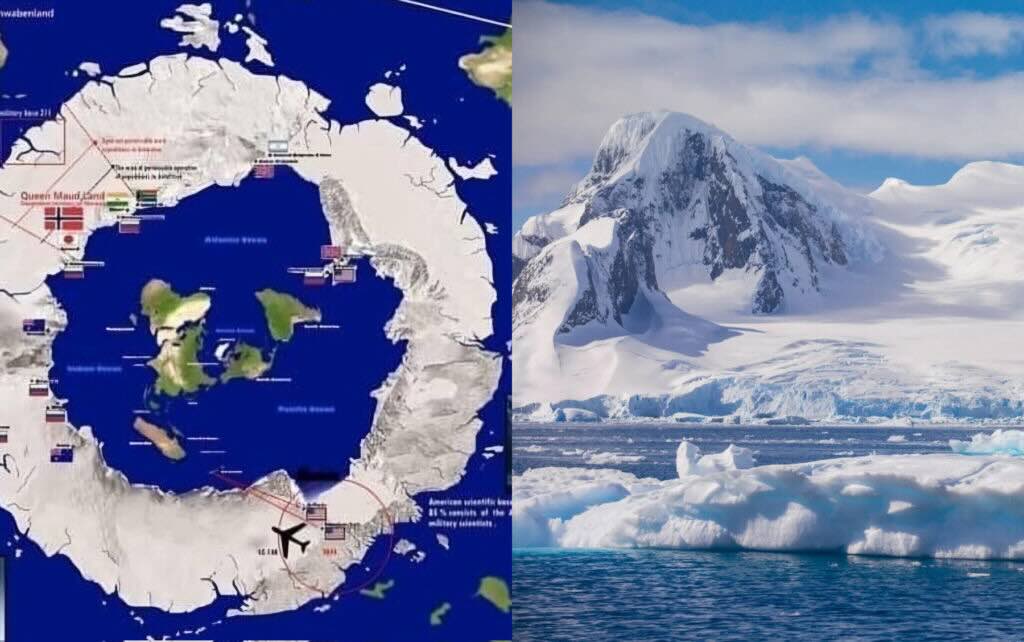
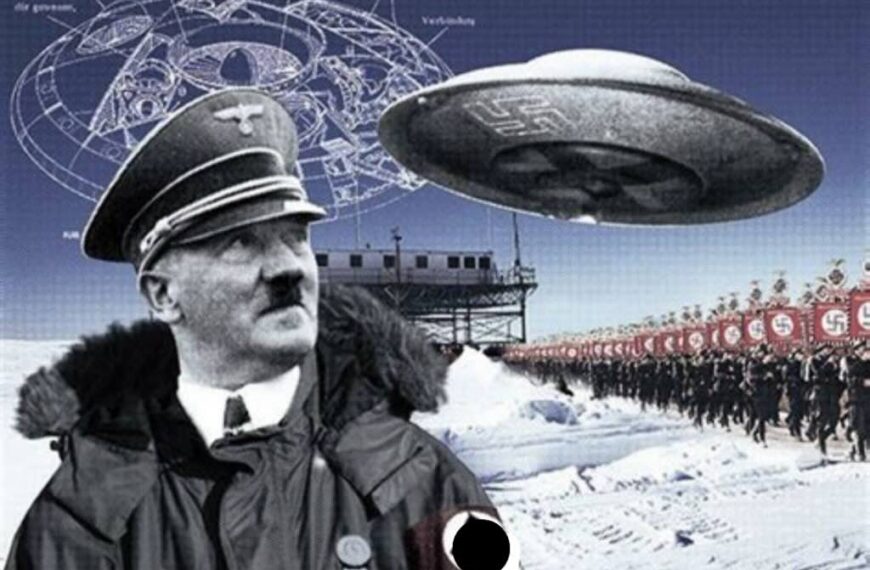
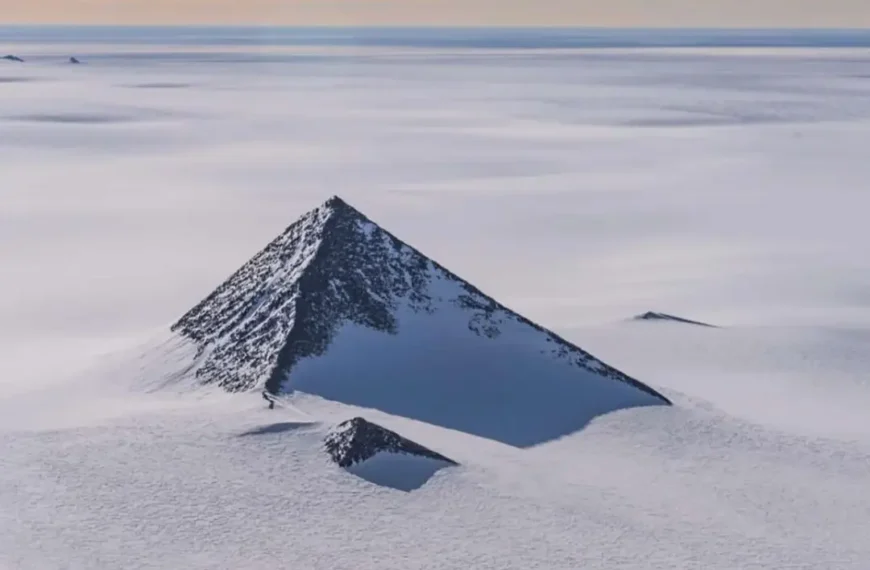

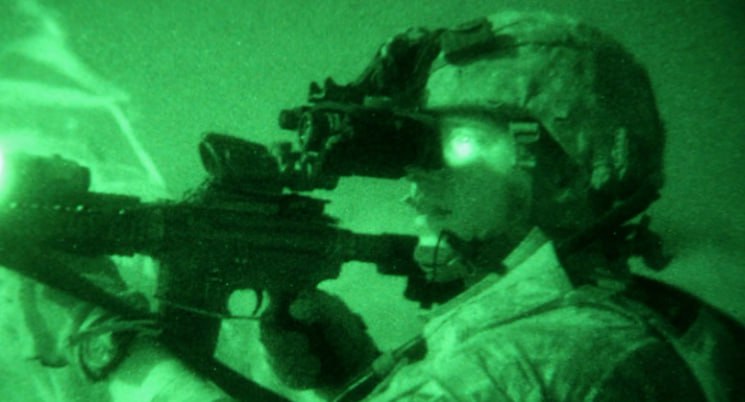
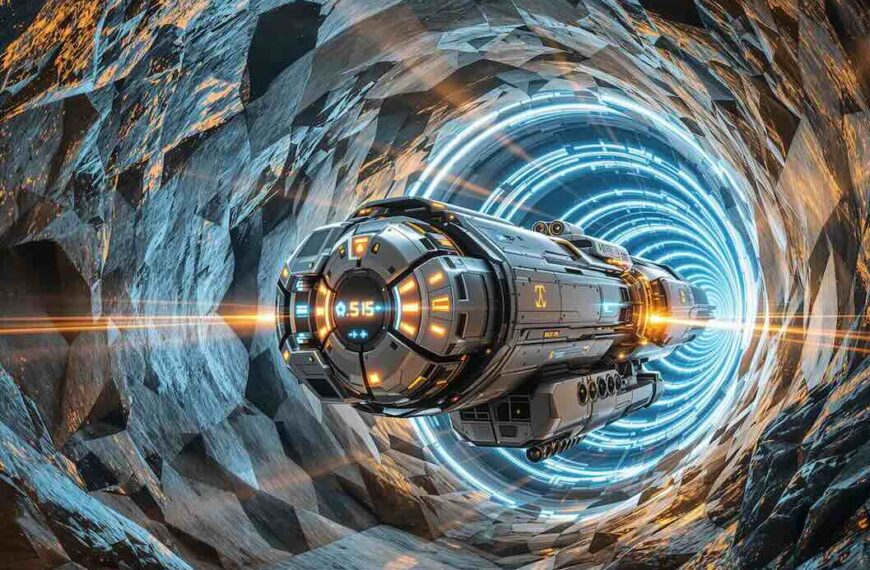


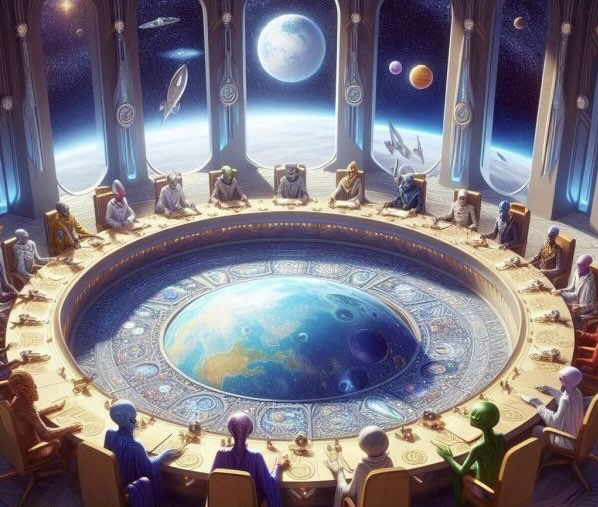


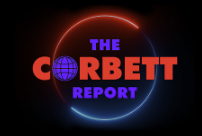
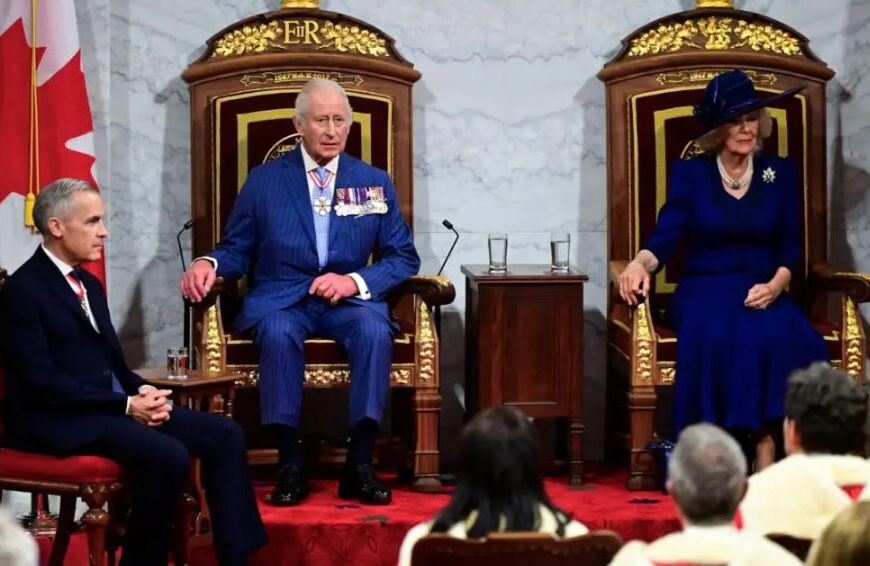
Very good video.